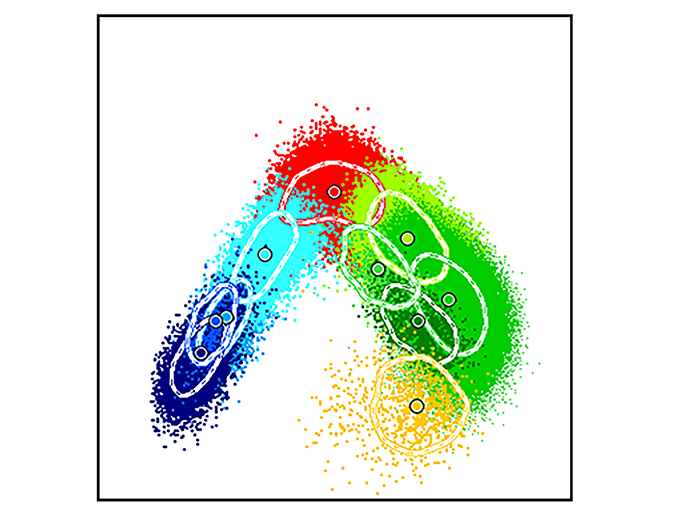Exploring road traffic noise pollution and associated health risks
More than 30 % of the European population lives in areas where the 55dB WHO traffic noise limit is exceeded and noise pollution continues to increase each year. Although our understanding of the overall harmful effects is limited, there is now growing public concern following research showing that traffic noise increases the risk of cardiovascular disease. With this in mind, QUIET set about broadening focus wider to include other major diseases of high public relevance. ‘When I started doing noise research, focus in the field was almost entirely on traffic noise and the risk of cardiovascular disease. I found that given the mechanisms of noise – that is stress and the disturbance of night-time sleep - other major diseases of high public relevance might very well be affected also, including diabetes and cancer,’ shares QUIET principal investigator Dr Mette Sørensen. The project therefore went about investigating if long-term exposure to road traffic noise is detrimental to various health outcomes in susceptible groups as defined by the WHO, i.e. children and the elderly. Unique registers and the Nordic Prediction Method On this basis, QUIET closely analysed two large Danish cohorts of 57 000 elderly and 100 000 children, linking them to unique Danish registers. The data helped compile crucial information on socio-economic status and lifestyle, birth weight, weight when seven years old and behavioural problems in children, as well as diabetes, cancer, cancer survival and health behaviour outcomes in the elderly. In order to estimate noise pollution at each individual’s home address, the project team used the Nordic Prediction Method, a calculation method used to estimate noise at the most exposed façades. Surprising findings They found that the more one is exposed to specific noises, the higher the risk of developing certain diseases in the long-term. By way of example, for every 10 dB increase in road traffic noise, the risk of diabetes increases by approximately 11 %. The study also found that road traffic and railway noise may increase the risk of oestrogen-receptor-negative breast cancer, whilst road traffic noise increases the risk of distal colon cancer. In addition, researchers discovered a link between traffic noise and physical inactivity. Using data gathered from longitudinal analyses they found that long-term exposure to residential road traffic noise increases the chances of people choosing to cease leisure-time sports and recreational activities, having a detrimental impact on their health and fitness. Next steps The project officially ended in February 2017 and was the first to publish studies of noise-induced disease associations beyond the cardiovascular realm through high quality noise assessments and detailed adjustments. The QUIET team will now embark on a new project (NordSOUND) to try to reproduce these results by studying wider populations across four Nordic countries. The team will also research occupational noise to explore their latest ‘lack of silence’ hypothesis where no or limited access to a peaceful environment at work or home ultimately may have hazardous effect on people’s lives. Many unsolved issues in the field of noise impact on health remain but the results already point clearly in the direction already suspected by the researchers. Traffic noise pollution is having a hazardous effect on our lives and as a consequence, there must be increased focus on noise prevention action plans designed by decision makers so that ‘the proportion of the population exposed to high levels of noise will go down, instead of, as is presently the case, increasing,’ stresses Dr Sørensen.







